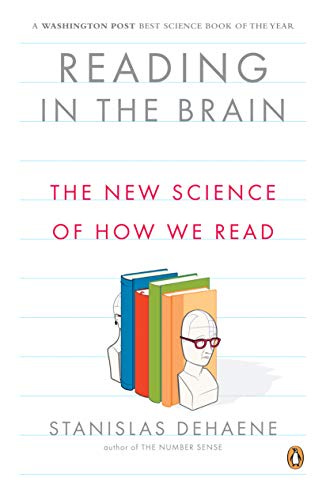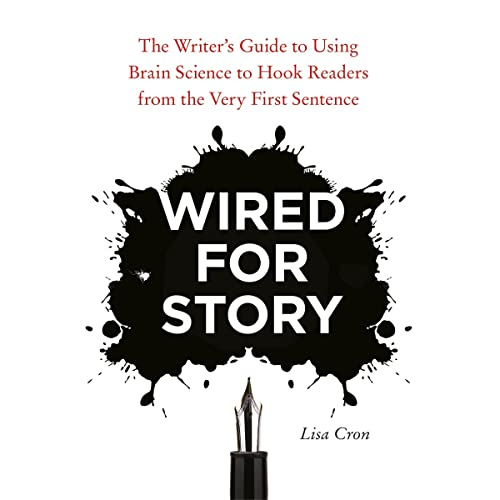The Secret to Creating Work That Humans Love
Cats are another story.
In October 2014, a very unusual performance was put on in a concert hall in southeast London. Positioned on the stage was a baby grand piano rigged up to play music at ultrasonic frequencies; seated in the burgundy velvet seats was an audience of—cats, whose super-sensitive ears allowed them to hear notes too high for humans to make out.
The concert was conceived as a protest against censorship by authoritarian regimes, conducted in the name of people whose voices “can’t be heard.” Silence filled the hall as a pianist worked his way through songs by Jay Z and The Backstreet Boys. The felines in attendance listened appreciatively.
Absurd though it may seem, the concert for cats reveals an unexpected insight about the nature of creativity. That is: Creativity can be understood as the act of feeling around within the space of what our human brains and bodies are physically able to process—and, in addition, what our brains and bodies experience as inherently appealing and engaging.
This space is constrained by the sensory and cognitive capacities passed down to us by evolution. Some such limits are obvious: We can’t hear a song played at frequencies above 20 kilohertz; we can’t see a work of art rendered in colors outside of the visible spectrum.
But many constraints on what humans find enjoyable are far more subtle. In The Extended Mind, I wrote about research demonstrating that effective landscape design rests on elements that would have signaled our our ancient forbears the presence of good places to forage and to rest: unobstructed expanses of land, clumps of trees with spreading branches, a glimmer of nearby water. What we imagine to be aesthetic preferences are really survival instincts honed by evolution.
If, as creators, we make a work that effectively pushes on the edge of this space of human receptivity, we succeed: we’ve tickled our audience’s innate sensibilities in a way that is surprising but still legible. If we go beyond this space, we fail: we’ve made something viscerally unappealing or indecipherable.
Stanislas Dehaene is a cognitive neuroscientist who studies how humans train their brains to become capable of reading. As he points out, our brains did not evolve to read; written language is too recent an invention for that (about 5,000 years old). Instead, reading humans engage in a phenomenon that Dehaene calls “neuronal recycling,” repurposing areas of the brain that evolved to recognize features of our physical and social environment, like animal tracks and human faces.
Through a laborious process undertaken as children, we’re trained into a state of literacy. The brain’s plasticity makes this possible—but the brain is not infinitely plastic. We can’t train ourselves to, say, breathe underwater or see in the dark. Our capacity to understand and enjoy works of art is similarly constrained.
There’s not much room for the creator to maneuver here, only what Dehaene calls a “fringe of variability” in our biologically-programmed capabilities. But that fringe allows for an entire universe of human invention, from oil paintings whose colors we can appreciate, to gourmet dishes our tastebuds can savor, to fast cars our bodies are able to drive.
This is why creativity is such a complex and deeply intelligent activity: The creator must reckon not only with the nature of the material world, but also with the nature of the evolved human brain—what it can and cannot do. Such limits are firm and non-negotiable, and yet we can’t know their contours until we grope for them, often blindly, and encounter them firsthand. Our species’ history is a centuries-long process of feeling for the perimeter of human potential, of finding the fringe and testing what it can accommodate.
As a creator, I find this notion reassuring and inspiring. The universe of choices open to me as a writer isn’t limitless. I’m always working with human clay—the stuff I’m made of and that my readers are made of. This raw material usefully constrains what I can do; it directs my creative choices according to a deep logic. If I write something boring or unappealing, that’s because I failed to tap into the stream of human nature that flows toward the things we find interesting or beautiful.
There are in existence two powerful maps that can direct us to the location of this stream. The first is biophilia, a term coined by the late biologist E.O. Wilson that refers to our innate affinity for nature. Our senses evolved to process natural stimuli with little effort and great pleasure. The burgeoning field of “biophilic design” uses nature as a guide to what human beings find captivating and compelling. Designers Bill Browning and Catie Ryan, for example, have written the book Nature Inside, exploring how materials and motifs borrowed from nature can be incorporated into interiors that their human occupants experience as soothing and stimulating—the feelings we associate with being outdoors.
The second is sociophilia—our affinity for human social connection. Researchers who study the origin of music suggest that music draws its power from its allusions to compelling human sounds: the percussion of a heartbeat, the cadences of speech, the sound of human movement and activity. Likewise, stories told by novelists and short-story writers skillfully exploit our fascination with human social life. In her book Wired for Story, author Lisa Cron breaks down how writers can intentionally leverage the ingrained social tendencies of their readers’ brains.
Great works of art are great because their creators found a distinctive and idiosyncratic way to connect with what is universally shared within human nature.
. . . As for the cats at the 2014 concert in London, they were apparently big fans of “I Want It That Way.”
How about you? Has your work ever taken inspiration from nature’s forms, or from the intricacies of human social life?






The insights you're providing here seem like they should be obvious (i.e. how we unconsciously find "safe" environments appealing, to simplify what you've said in your post) but they aren't, at least they weren't to me until I read this.
There is an imaginary construct that I've had in mind for a few years which does have a nature (natural) aspect to it. I think of it as the Fields of Awe, kind of a mental space that you could "visit" in search of inspiration, much like you might take a way to be inspired by nature. The imaginary Fields of Awe would be populated by concepts, ideas, examples of art, etc. that might in turn inspire you when you're creatively blocked or needing inspiration. This concept is inspired by the creative techniques of the late magician Stewart James, who created more than 1000 magic tricks or routines during his life. His mental construct was called The Other Place, which I reference in the following post: https://howaboutthis.substack.com/p/a-master-magicians-methods-to-manufacture
Thanks for inspiring some new thinking!
Thanks for such lovely food for thought.